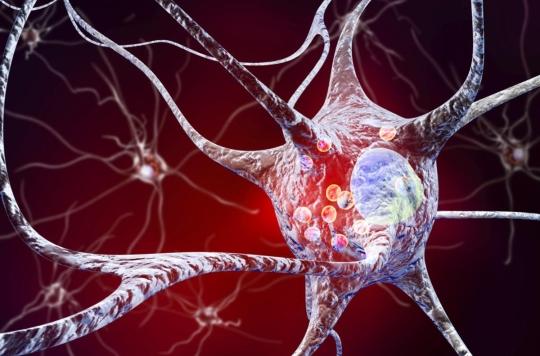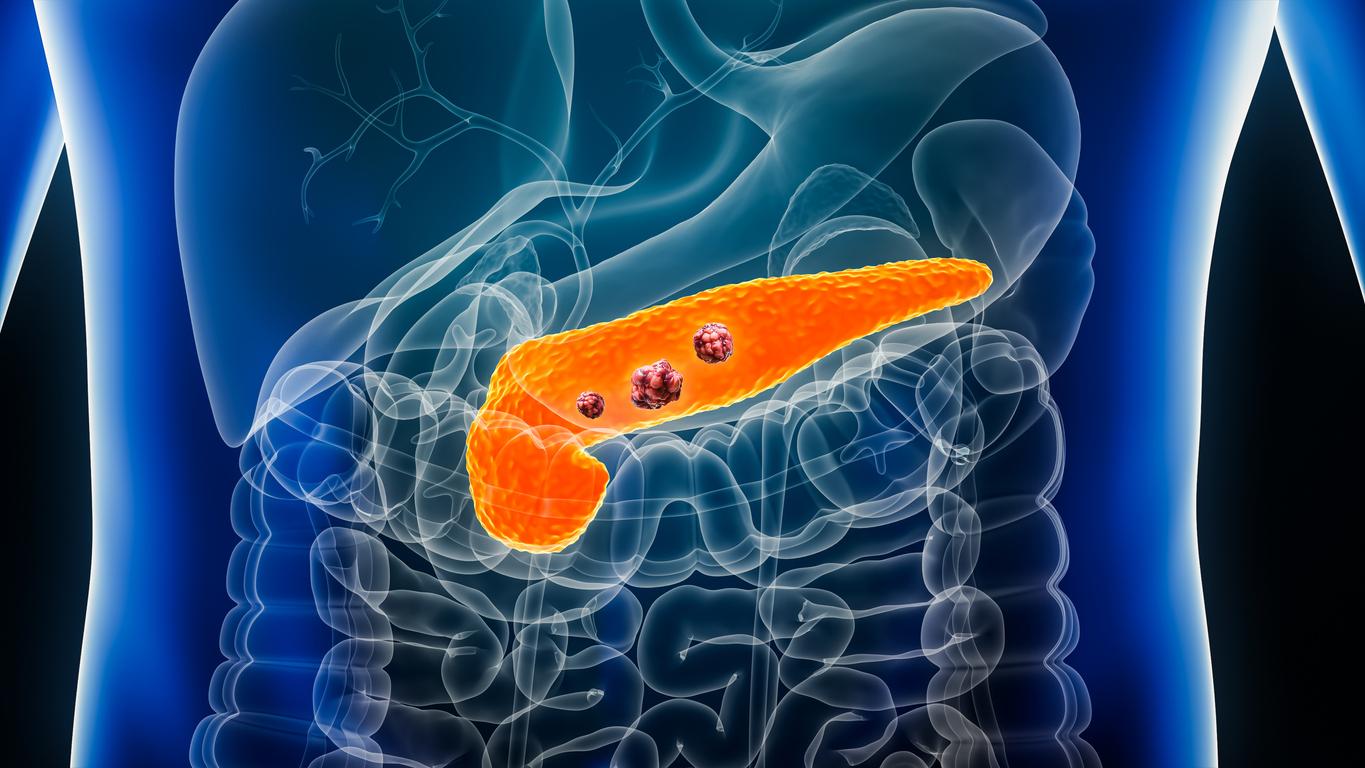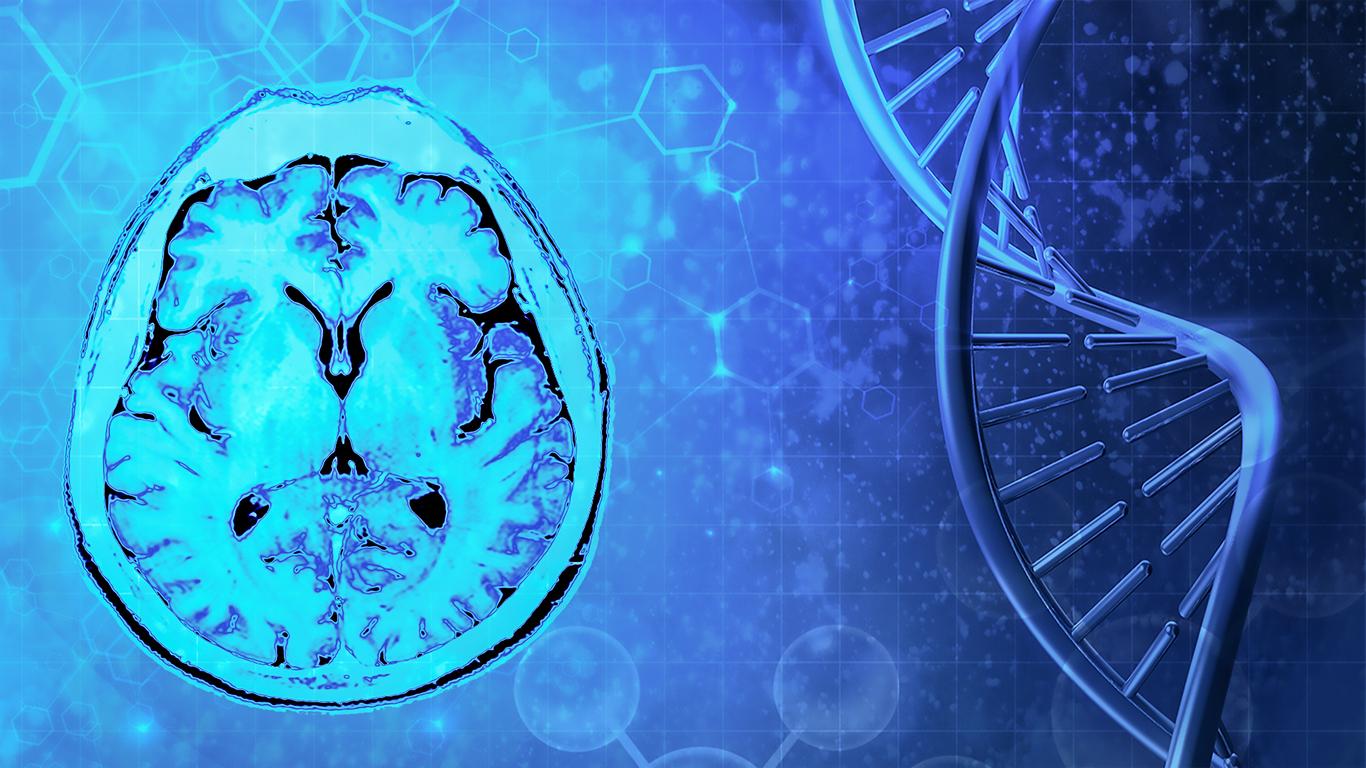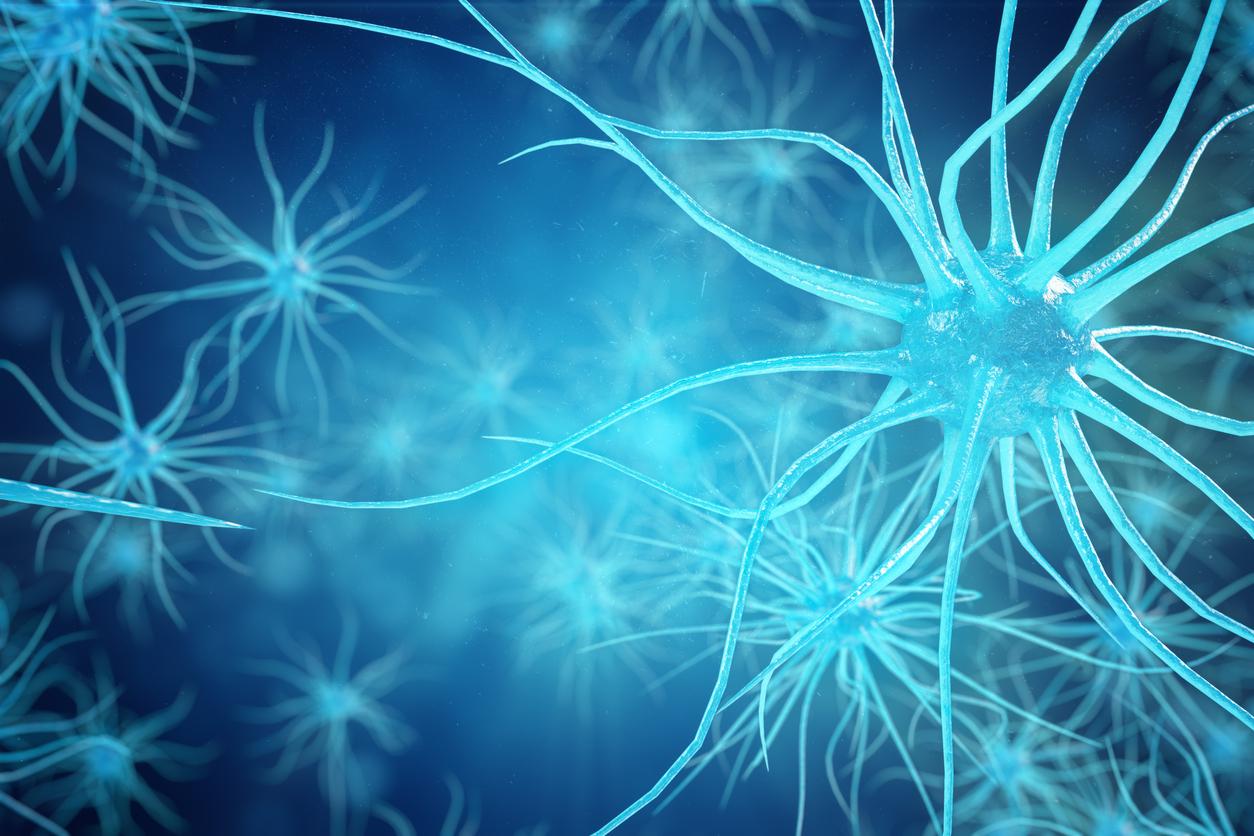A peptide modified by scientists helps prevent the formation of toxic clumps of protein in the brain, one of the causes of the characteristic tremors of Parkinson’s disease.

- The researchers specify that it will be necessary to wait several more years before using this molecule in a treatment.
- This research also has implications for Alzheimer’s disease and type 2 diabetes, also linked to proteins.
- More than 100,000 people are affected by Parkinson’s disease in France.
It is currently impossible to cure Parkinson’s disease, the only treatments available can limit the development of symptoms. But that could change in the years to come. A research team from the University of Bath, in the United Kingdom, is working on a molecule that shows promise in curing this neurodegenerative disease. Their work has been published in Journal of Molecular Biology.
Where do the symptoms of Parkinson’s disease come from?
Parkinson’s disease has several effects on the brain. First, it causes degeneration of dopamine neurons, located in the substantia nigra of the brain organ. This has consequences on different neural networks. At the same time, clusters form in different areas of the brain: they are made up of the protein alpha-synuclein (αS). It is naturally present in all human beings, but in the case of Parkinson’s disease, it forms so-called pathogenic clusters, called Lewy bodies. These are toxic to dopamine-producing brain cells. This drop in dopamine production triggers the symptoms of Parkinson’s disease, as signals transmitted from the brain to the body become loud, resulting in the distinctive tremors seen in sufferers.
A modified version of a chain of amino acids
Previously, British scientists identified a library of peptides, short chains of amino acids that are the building blocks of proteins, to find the best candidate to prevent the formation of clusters. In total, they observed the effects of nearly 210,000 peptides, with 4554W showing the most promise. This chain of amino acids prevented the aggregation of αS proteins in laboratory experiments in solutions and in living cells. In a second step, the researchers modified this peptide to optimize it. The new version of the molecule, called 4654W(N6A), was found to be significantly more effective in reducing αS aggregation and toxicity. “There is still a lot of work to be done, but this molecule has the potential to be a precursor to a drugsaid research director Jody Mason. Today there are only drugs to treat the symptoms of Parkinson’s disease – we hope to develop an effective drug before symptoms even develop..”
Better understand Parkinson’s disease
Other tests were carried out on small molecules, but according to Richard Meade, one of the authors of the study, their small size did not make it possible to block the interactions of proteins. “That’s why peptides are a good option because they’re big enough to keep the protein from clumping together, but small enough to be used as a medicine.” he specifies. He points out that these molecules will not only help in the development of a treatment, but they will also make it possible to better understand the disease and the reason why the proteins aggregate into toxic clumps.

.

















